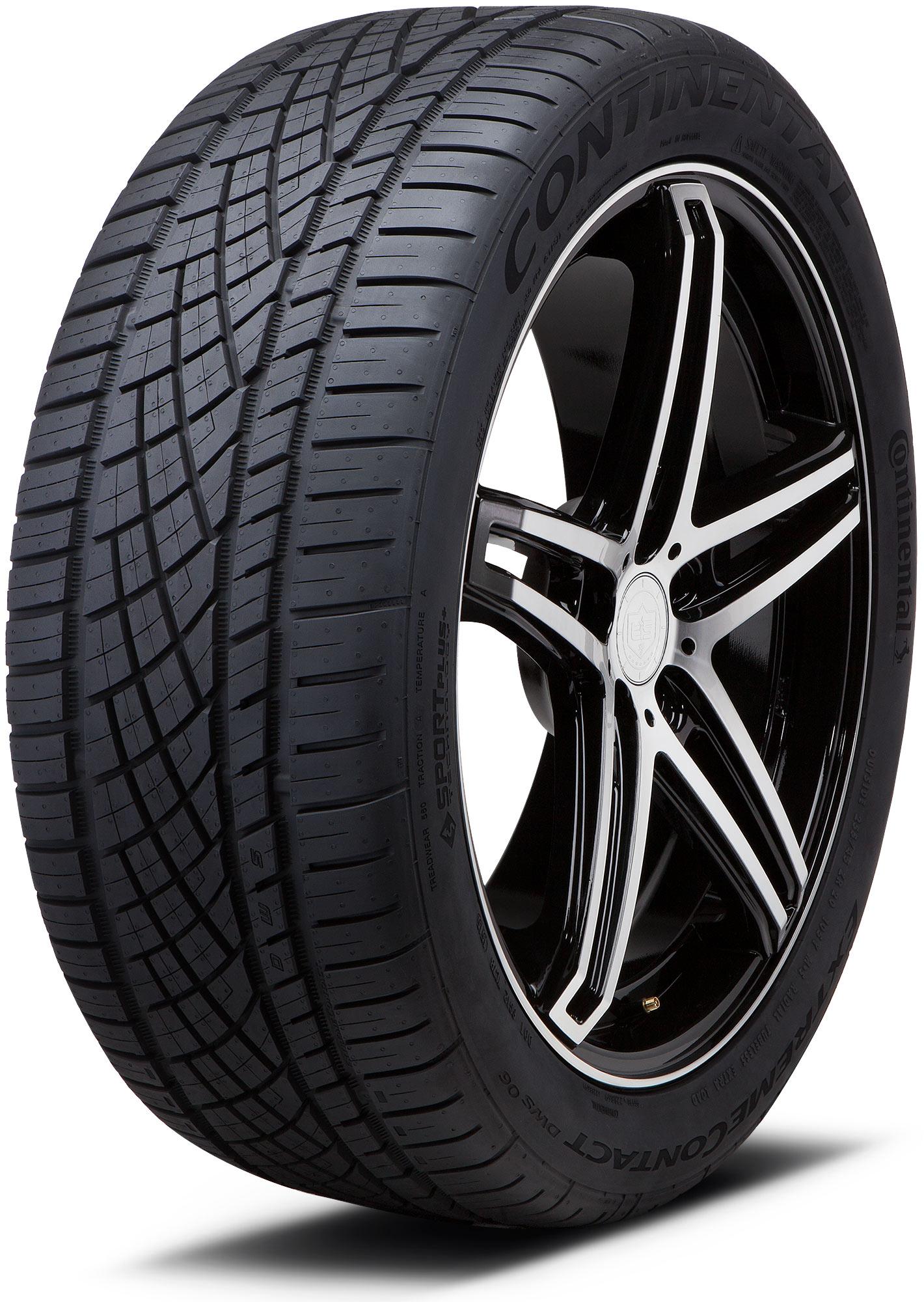When it comes to the tires that cradle our vehicles, numerous technical specifications play a pivotal role in ensuring safety and performance. Among these, the tire load rating often seems like an afterthought, overshadowed by more crucial aspects such as tread patterns and compound composition. However, understanding tire load ratings, particularly the SL (Standard Load) load range, can drastically alter your mindset about tire selection and vehicle performance. So, what exactly is this SL load range, and how does it impact your driving experience?
At its core, the SL load rating encapsulates the amount of weight a tire can safely support. This rating is crucial for drivers who commute daily, haul heavy loads, or enjoy leisurely weekend adventures. The SL designation indicates that the tire is suitable for standard conditions and is built to handle the weights applicable to most passenger vehicles. But let’s not stop there; instead, let’s dive deeper into the nitty-gritty of the SL load range and explore why this seemingly mundane detail is transformative for both safety and performance.
First, it’s essential to grasp the underlying principles of load ratings. Each tire is marked with various specifications, including its maximum load capacity, typically expressed in pounds or kilograms. In the case of SL rated tires, they usually possess a load index that can range anywhere from 75 to 105. While this may sound trivial, a slight miscalculation can lead to severe consequences, from tire blowouts to compromised driving stability. Here, the SL rating acts as a guideline, ensuring that the chosen tires can comfortably support the weight of the vehicle, passengers, and any cargo.
Consider, for instance, a common passenger vehicle like a sedan. The recommended tire for such a vehicle often falls under the SL load range. If the load index is 91, this means the tire can support a maximum load of approximately 1350 pounds. This rating is critical because it not only informs the driver of the load capacity but also reassures them that the tire can withstand the rigors of daily life. But what if you were to select a tire that is not SL-rated or carries an inexplicably low load index? The ramifications could be severe, provoking situations fraught with peril on busy highways or winding backroads.
Now, let’s take a moment to appreciate how the SL load range serves a dual purpose. On the one hand, it functions as a protective measure, safeguarding both driver and vehicle against undue stress. This isn’t merely about carrying weight; it’s about ensuring that every aspect of driving—from braking to cornering—remains seamless. On the other hand, understanding the SL rating enhances your vehicle’s performance attributes. Tires that are properly rated for load ensure an optimized contact patch with the road, facilitating better traction and handling.
Moreover, it’s not just about the numbers; it’s about adapting to the nuanced demands of various driving conditions. Are you an urban commuter? A weekend camper? Each scenario warrants a careful examination of tire ratings. An SL-rated tire might work adequately for city drives, but if you frequently embark on long road trips or venture into off-road realms, you may need to explore higher load ranges like C (Commercial) or D (Dual Load) ratings. This shift might seem daunting, but step back and consider the trade-offs. Tires are not a one-size-fits-all component. And just as muscles need strengthening to endure the rigors of modern life, so too do tires need appropriate loading to ensure durability over time.
It’s also worth noting that the load rating is intrinsically linked to tire pressure. A properly inflated tire, designed according to its SL load rating, ensures that the vehicle remains balanced and efficiently maneuverable. Over or under-inflation can distort load capabilities, leading to improper wear and a shortened lifespan for your tires. Hence, an intimate understanding of both load ratings and tire pressure becomes essential not just for safety, but for economic considerations as well. In many ways, being an aware driver translates to being a responsible one.
But where does one begin to appreciate these myriad details? Knowledge truly is power. Investigating manufacturer recommendations is a fantastic starting point. Often, vehicles come adorned with a door jamb sticker that details the appropriate tire size and load rating. Familiarizing oneself with this information can demystify the complexities of tire selection. As you read through specifications, try to envision how those digits correlate with your driving habits. Are the tires you are contemplating truly up to the task?
In addition, investing time into understanding the broader context of tire design and engineering can unlock a treasure trove of insights. Tire manufacturers devote countless hours to research and development, creating models tailored for unique driving scenarios. Digging deeper into articles, reviews, and driver forums can offer firsthand experiences from others who have navigated similar paths. By nurturing a curiosity for tire specifications and load ratings, you not only become a more informed consumer but also a better driver.
In conclusion, the SL load range is more than just an alphanumeric designation on a tire’s sidewall. It embodies the principles of safety, performance, and informed consumption. Armed with this understanding, a driver can embark on their journeys with newfound confidence and security, knowing that they’ve chosen tires equipped to handle the demands of their unique lifestyle. So, the next time you’re strolling through tire options, take a moment to reflect on the SL load rating—and watch your perspective shift forever.
